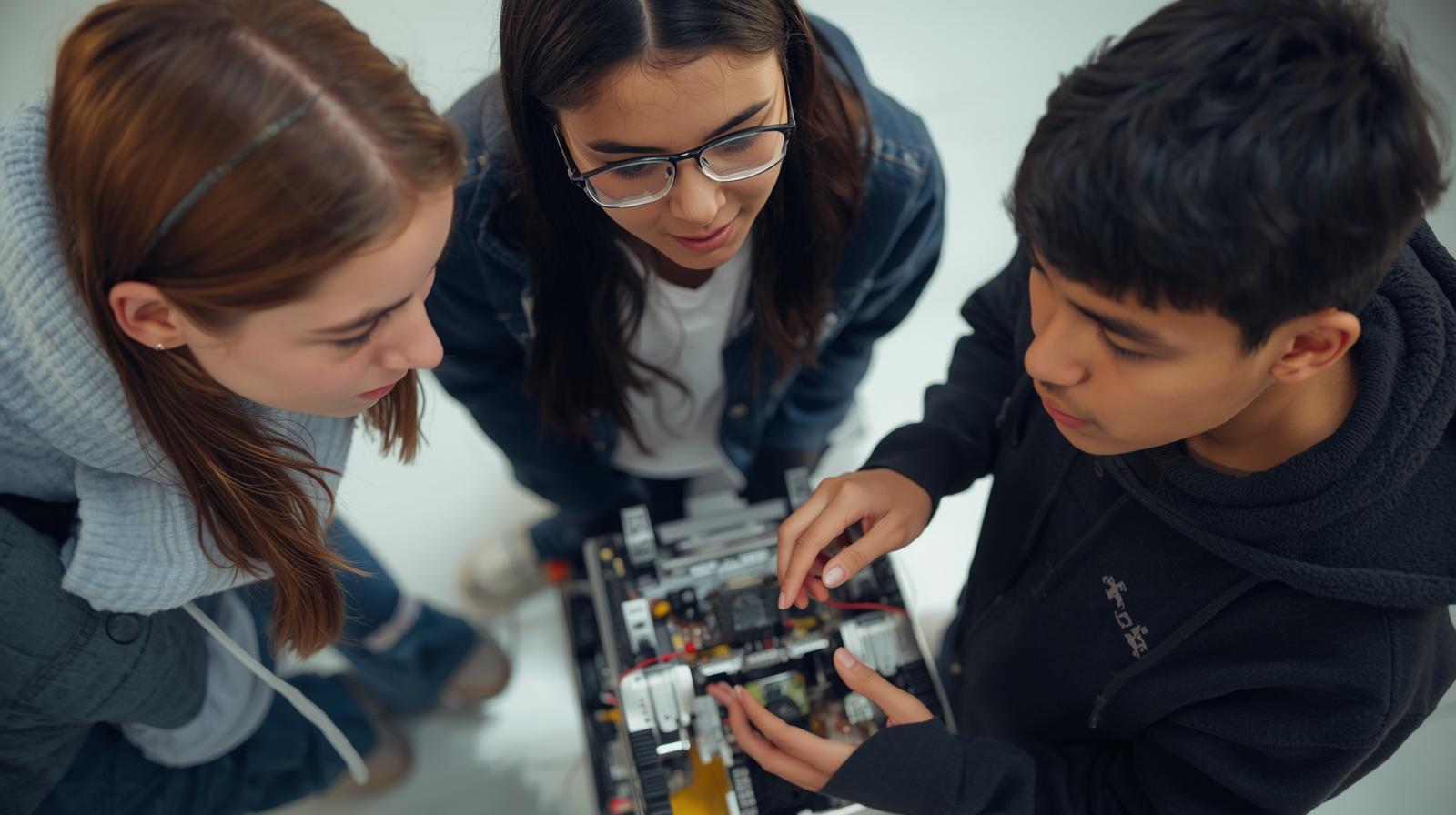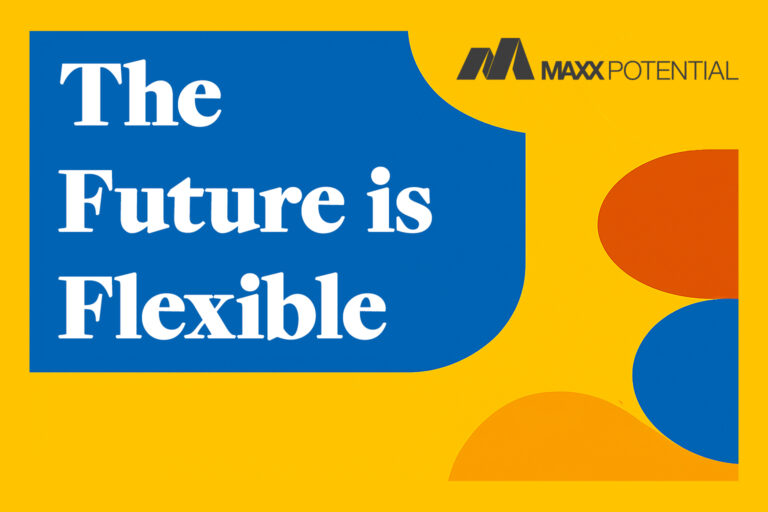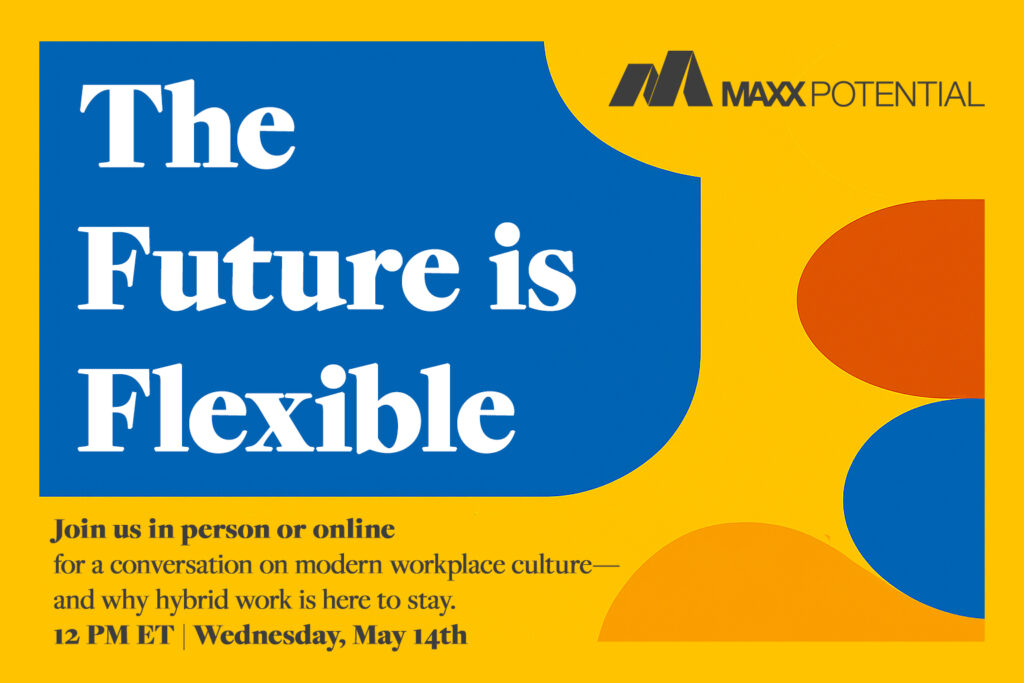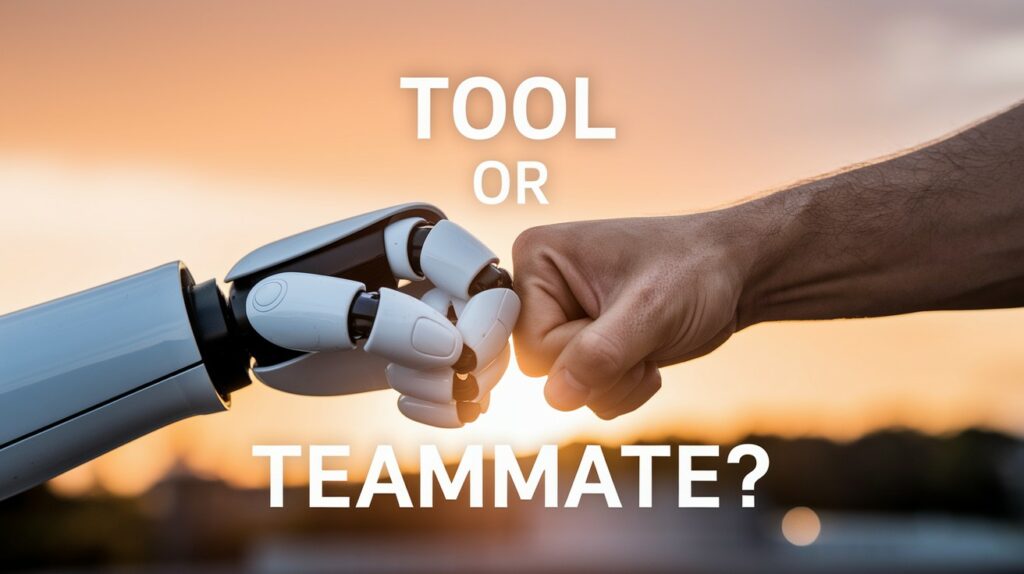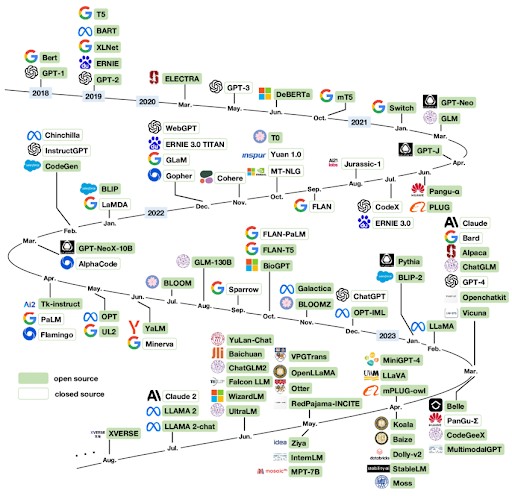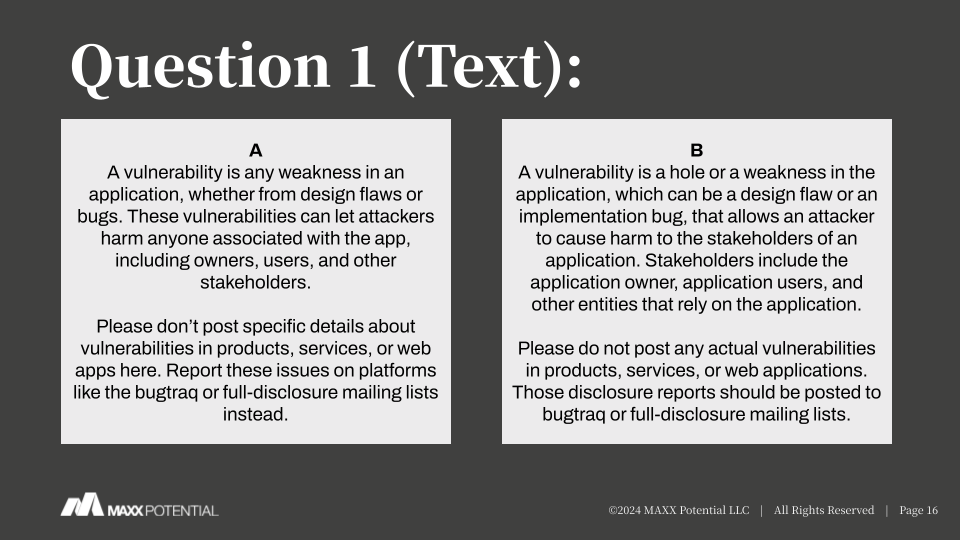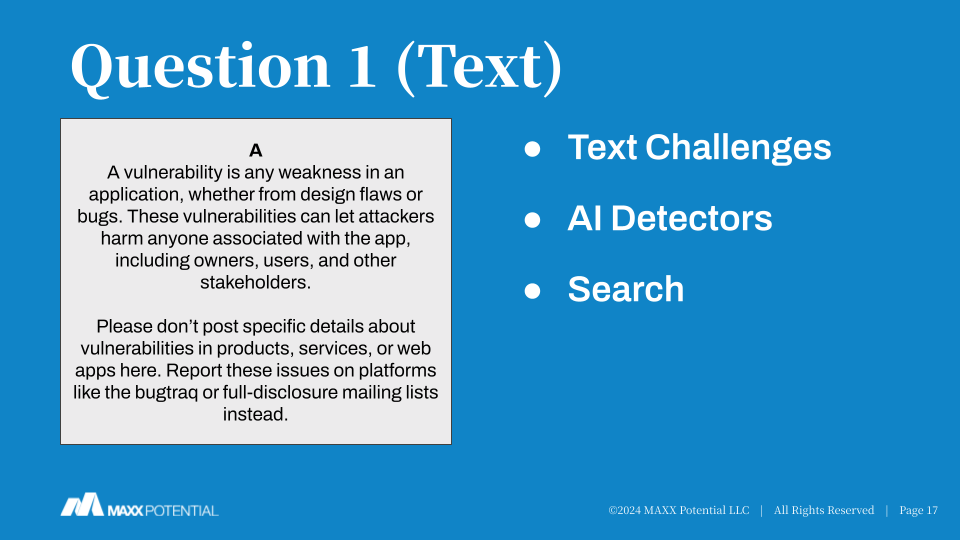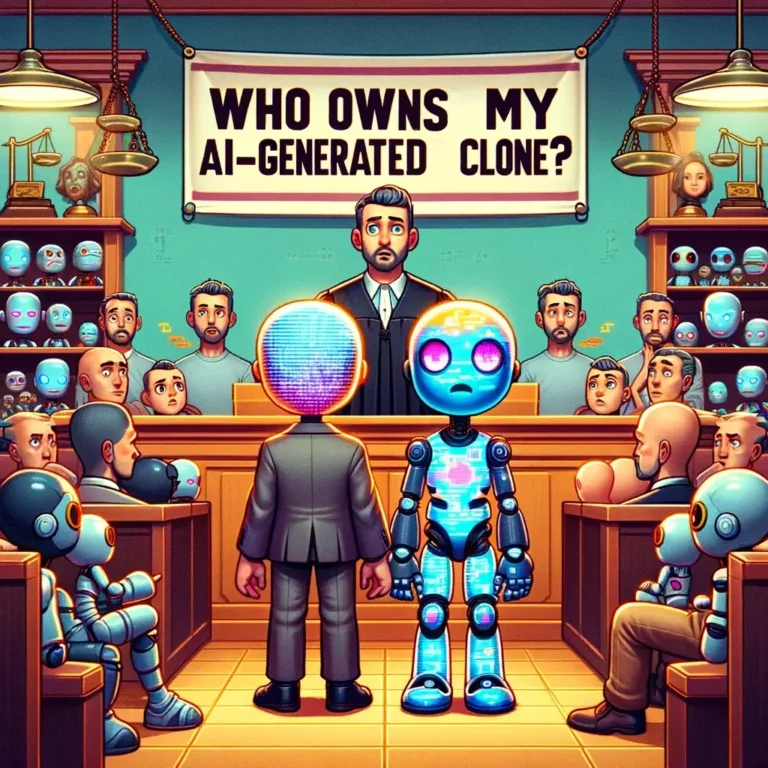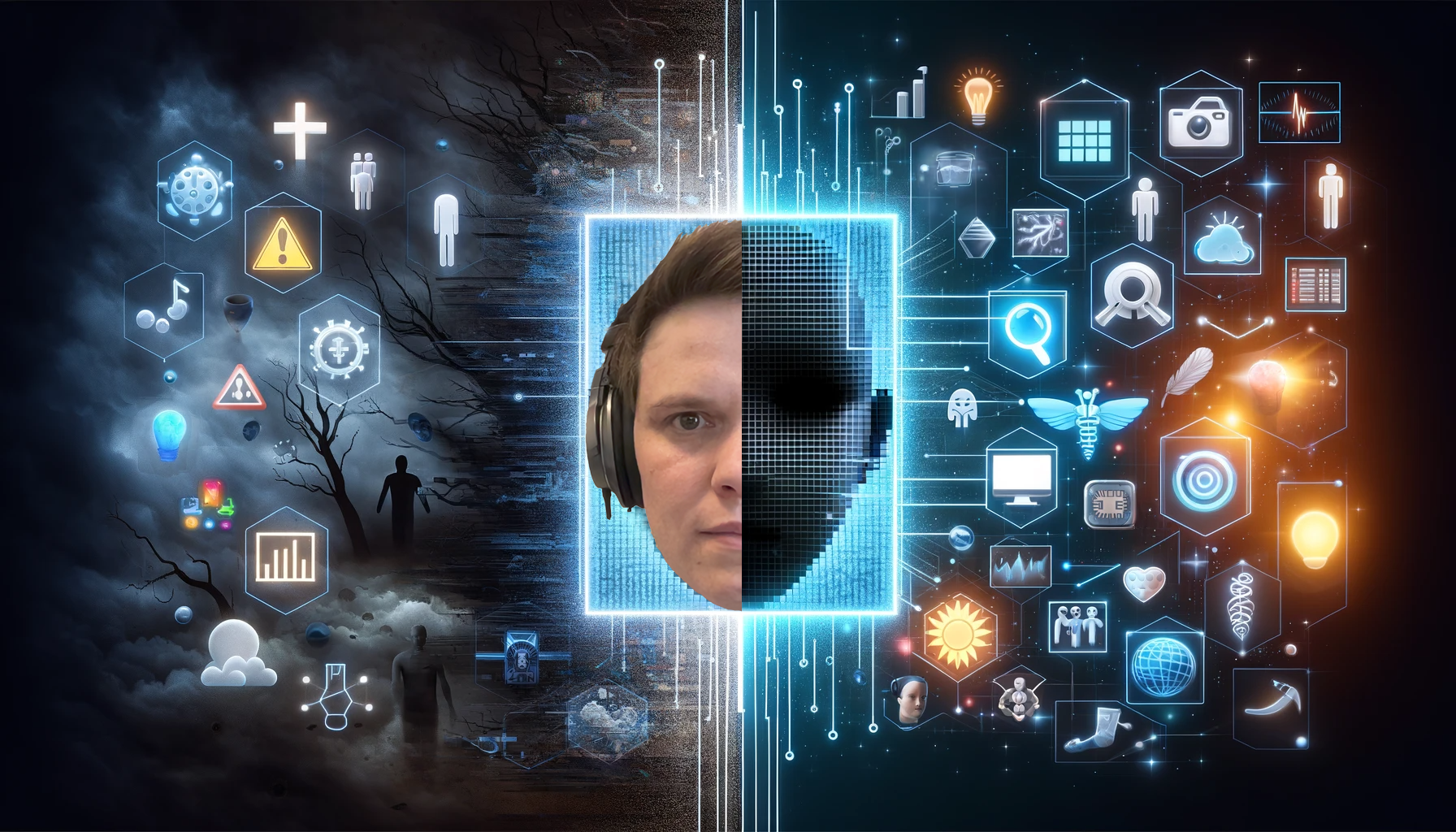Inside a Successful Client-Apprentice Partnership
Building Strong Teams Through Smart, Human-Centered Matching
By MAXX Potential
- Posted:
- Businesses
Successful partnerships don’t start on Day One of a project; they start long before that. It begins with a deep understanding of our Customers’ needs and a clear sense of how our Apprentices can help meet them. At MAXX Potential, we seek out aspiring technologists who show grit, adaptability, and a strong desire to grow. So by the time they reach your team, they’re ready to contribute and exceed expectations. Since we know what we do best, we’re able to deliver real value to our Clients.
What Makes a Successful Partnership?
A successful partnership is built on a strong foundation of both parties knowing what they need from the relationship. Through smart communication, the Customer scores a solution to a problem they’re facing, and MAXX Potential Apprentices flex their skills in a real project. And while it would be easy to list out all the values that are essential to a great partnership, there are other details that can help a partnership’s success.
What the Customer Needs
Every company is different. From structure to culture, every business is going to bring a unique flavor to the conversation. When MAXX Potential works with a new Customer, our team is seeking to understand not only the practical information around the Customer’s needs but also the team’s specific energy. Does the Customer want an in-person Apprentice? Do they have specific rules around communication?
“We’re heavily engaged.” Rahim Islam, MAXX Potential Director of Operations, shares. “We’re building those relationships, doing check-ins, ensuring quick remediation, and providing problem solving where needed.”
Customers come to MAXX Potential for transformative tech solutions. We partner with small and midcap businesses to unlock potential through Intelligent Automation and upskilling, while large enterprises rely on us to cut managed service costs and strengthen their talent bench. Whether a Customer needs IT support, automation, or skilled people, we’re here to help.
Customers need a job done, and they recognize MAXX can do it while also tapping into the value of tech Apprenticeship. When Customers work with MAXX, they are a part of the ecosystem that is nurturing future expert technologists. They see the benefit of integrating driven, up-and-coming technologists who are eager to make an immediate impact. MAXX Customers want someone who is going to roll up their sleeves and deliver outstanding work.
Smart Matching Apprentices
Once there is a solid understanding of the work the Customer needs, it’s time to find the right fit Apprentice. MAXX Potential seeks folks who have a strong value match with our company values of perseverance, initiative, curiosity, collaboration, and authenticity. The secret sauce is to find the people who have the grit and delight to thrive in technology.
“It’s finding that right individual who is going to be the scrappy, hungry person with strong initiative.” Rahim talks about how MAXX Potential selects Apprentices. “The person with perseverance is likely to be a runaway success. Our goal is to identify the candidate that will exceed expectations.”
Some aspiring technologists join MAXX Potential, and they have all the skills necessary to hit the ground running. All they needed was a foot in the door. Others come to MAXX Potential with raw talent and just need the right support to reach their full potential. We work with individuals, and we strive to land a match for our Customers that will exceed expectations.
How We Support Customer Success
At MAXX Potential, customer success starts with listening. We take the time to understand each client’s unique environment from technical needs to communication style. Our goal is to provide tailored solutions and the right Apprentice match.
Whether building a custom support desk to manage diverse system issues within tight timeframes or preparing Apprentices to succeed in client interviews, we stay engaged at every step. Through a rigorous vetting process and the mutual support built into the MAXX ecosystem, every engagement is designed for long-term success. This alignment from the start ensures Apprentices are prepared to contribute, and Clients are set up to see value quickly.
Listening to the Customer Needs
Every Client has different goals, challenges, and ways of working, so we start by listening. We ask questions to understand what’s really needed—not just the technical skills, but also the work style, communication preferences, and team structure. This helps us build a customized solution, whether it’s a team support plan or a full-time Apprentice to step in.
Since we work so closely with people every day, we know how important strong working relationships are. We stay in touch throughout the partnership, making sure the setup still makes sense and adjusting when needed. Sometimes that means adding support, and other times it means suggesting another solution, such as automation, if it will better meet the Client’s goals. Either way, we focus on what works best for the people doing the work and the business behind it.
Customer Profile: Boosting Efficiency and Productivity
A company came to MAXX Potential, struggling to manage a broad spectrum of technical issues faced by their end users. The support needed to cover everything from routine requests to complex system issues, within a limited weekly service window of up to 10 hours. The absence of a dedicated, specialized support team capable of handling a wide range of technical issues within the specified hours impacted the company’s operational efficiency and end-user satisfaction.
To solve this overarching problem, MAXX Potential developed a tailored Shared Service Support Desk for the company, focusing on diverse technology stack expertise, dedicated supplier personnel, advanced support technology utilization, and engagement in development work. This approach addressed immediate support challenges and contributed to broader objectives, demonstrating the value of a well-structured, flexible IT support solution.
Developing Strong Apprentices
“Apprentices go in and immediately look to add value, doing whatever needs to be done,” Rahim considers what he’s seen over the years of working at MAXX Potential. He says, “They’re building customer good will, and that can be so important when the going gets tough.”
One thing that makes our partnerships strong is how well we get to know each Apprentice. Everyone has different strengths and areas they need to improve, and we see those as opportunities to help them grow. When we understand an Apprentice’s strengths and aspirations, we can match them with the right Customer project.
At MAXX Potential, we don’t just place people on projects—we help build strong, motivated technologists who want to do great work. Our Apprentices are eager to learn, ready to take on new challenges, and willing to go the extra mile for our Clients. With the right support and mindset, they grow into team members who not only meet expectations, but often exceed them.
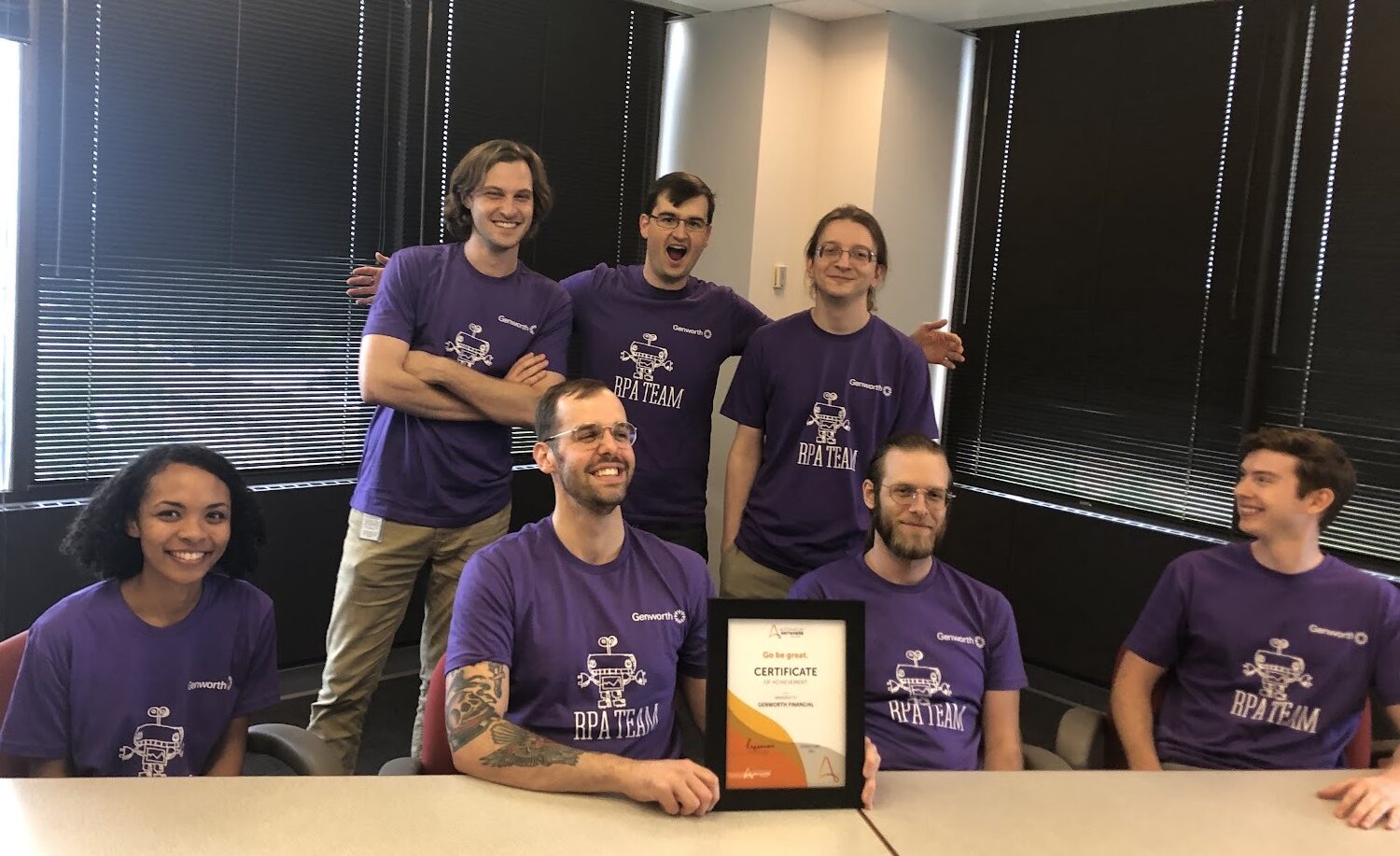
The outcome of a partnership between Genworth and MAXX Potential was the creation of an award-winning RPA program that has now created and deployed hundreds of bots to production, saving over 15,000 hours of manual work in the first year. Genworth project leaders consistently noted how eager and flexible MAXX Apprentices were from start to finish. Several Apprentices were also given offers for full-time employment and are now part of the Genworth Financial technology team.
From Apprentice to Team Asset
“We already have a good understanding of an Apprentice’s track record.” Rahim talks about what makes an Apprentice stand out to MAXX Customers. “Apprentices build trust by being quick to take on tasks and jump to help. It becomes really easy to recommend that Apprentice to a Customer.”
We keep a close eye on each person’s progress, which helps us recommend them to our Clients. With coaching and real-world experience, Apprentices develop the tools to solve problems, handle challenges, and think ahead. These skills turn them into long-term assets.
One Client saw this firsthand when three MAXX Apprentices joined their ServiceNow project, quickly proved their worth, and were all offered full-time roles by the end.
Customer Profile: From Apprentice to Full-Time Employee
A Client came to MAXX Potential, needing a solution for managing their ServiceNow platform because their team didn’t have the capacity to train a team to meet the ever-increasing demands of their business stakeholders. MAXX Potential selected three high-potential Apprentices with the fundamental skills required to create new enhancements for the Client’s ServiceNow platform. Our Client’s project leaders consistently noted how eager and adaptable MAXX Apprentices were from start to finish. All three Apprentices were eventually given offers for full-time employment and are now part of the client’s ServiceNow platform team.
When the right match is made and supported with clear communication, shared goals, and mutual respect, Apprentices quickly become trusted team members who drive real results. At MAXX Potential, we’re not just filling roles, we’re building lasting partnerships that grow strong technologists and help businesses thrive. That’s the kind of success we aim for every time.
Tell us about your project at MAXXpotential.com/contact-us.
MORE POSTS
Alumni Success Story with Jay Spanos, Support Engineer at Synergy Technical
Unmasking Myths About Tech Careers
Inside the Internship Experience and How It Prepares Students for the Future



